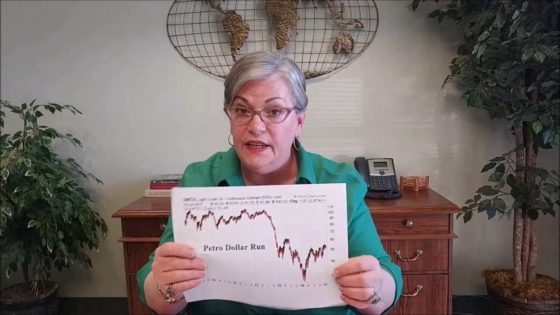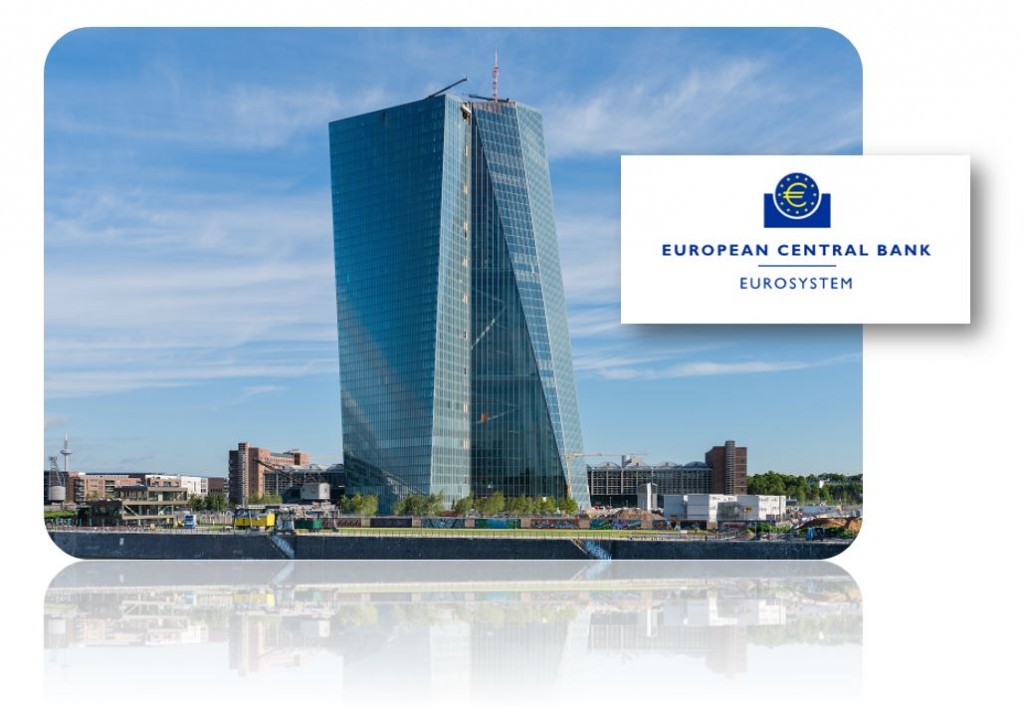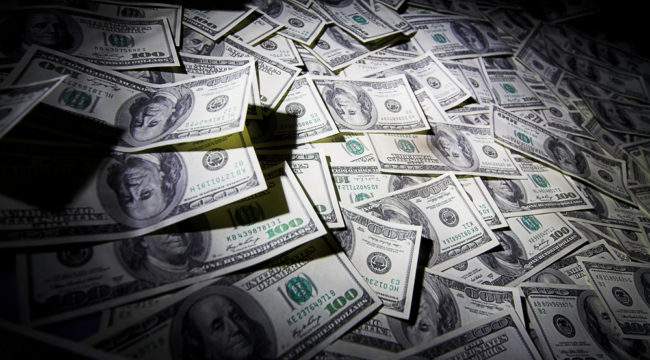Self-destruction usually happens in stages. At first there’s a binge in which the thrill outweighs the sense of transgression. This is usually followed by remorse, acknowledgement of risks, and an attempt to reform.
But straight-and-narrow is exhausting, and because of this is frequently just temporary, eventually giving way to a kind of capitulation in which the addict drops even the pretense of self-control.
2018 is apparently the year in which the world enters this final stage of its addiction to debt. Wherever you look, leverage is soaring as governments, corporations and individuals just give up and embrace the idea that borrowing is no longer a necessary evil, but simply necessary. Some recent examples:
China January new loans surge to record 2.9 trillion yuan, blow past forecasts
(Reuters) – China’s banks extended a record 2.9 trillion yuan ($458.3 billion) in new yuan loans in January, blowing past expectations and nearly five times the previous month as policymakers aim to sustain solid economic growth while reining in debt risks.
Net new loans surpassed the previous record of 2.51 trillion yuan in January 2016, which is likely to support growth not only in China but may underpin liquidity globally as major Western central banks begin to withdraw stimulus.
Corporate loans surged to 1.78 trillion yuan from 243.2 billion yuan in December, while household loans rose to 901.6 billion yuan in January from 329.4 billion yuan in December, according to Reuters calculations based on the central bank data.
Outstanding yuan loans grew 13.2 percent in January from a year earlier, also faster than an expected 12.5 percent rise and compared with an increase of 12.7 percent in December.
———————–
Total US household debt soars to record above $13 trillion
(CNBC) – Total household debt rose by $193 billion to an all-time high of $13.15 trillion at year-end 2017 from the previous quarter, according to the Federal Reserve Bank of New York’s Center for Microeconomic Data report released Tuesday.
…click on the above link to read the rest of the article…





 As investors’ bullish sentiment moves up to euphoric levels, the markets are reaching extreme leverage. This is terrible news because a lot of people are going to lose one heck of a lot of money. According to CNN Money’s Fear & Greed Index, the market is now at the “extreme greed” level and if we go by Yardeni Research on “Investor Intelligence Bull-Bear Ratio,” it’s also is the highest ratio in 30 years.
As investors’ bullish sentiment moves up to euphoric levels, the markets are reaching extreme leverage. This is terrible news because a lot of people are going to lose one heck of a lot of money. According to CNN Money’s Fear & Greed Index, the market is now at the “extreme greed” level and if we go by Yardeni Research on “Investor Intelligence Bull-Bear Ratio,” it’s also is the highest ratio in 30 years.


